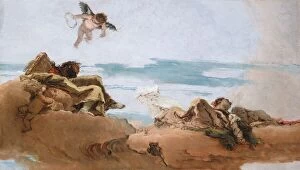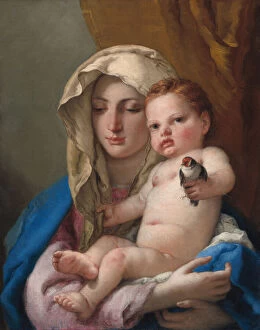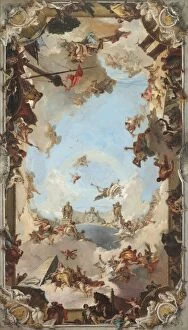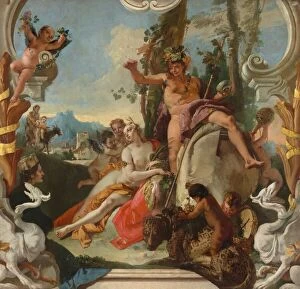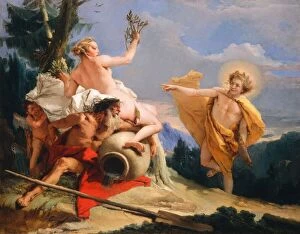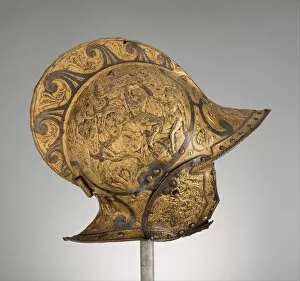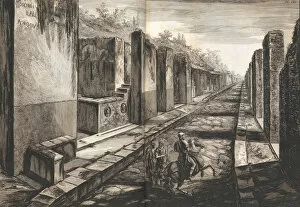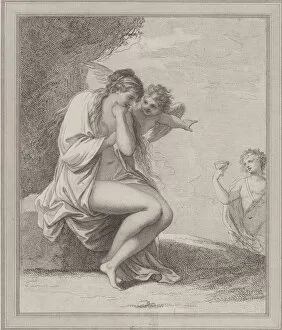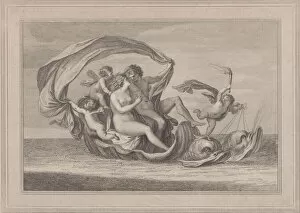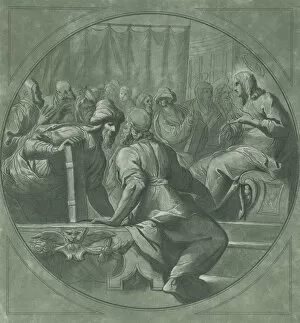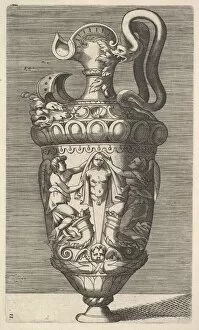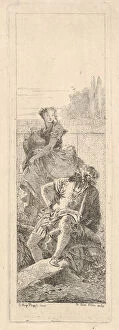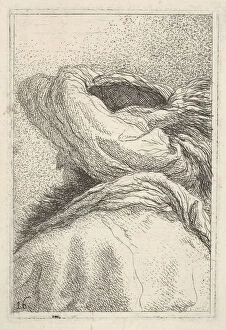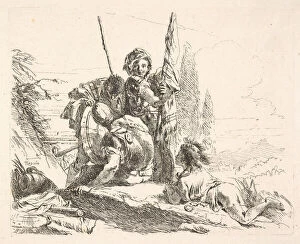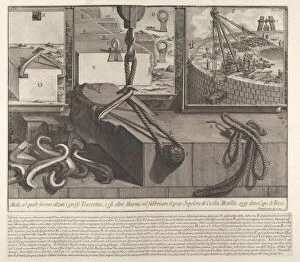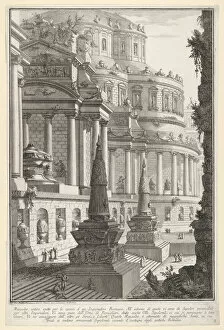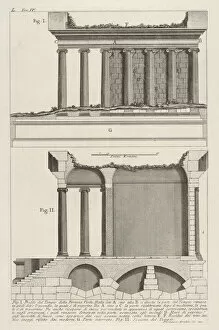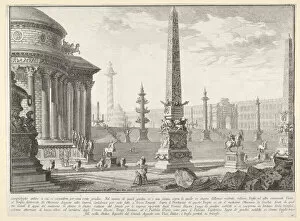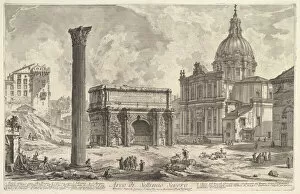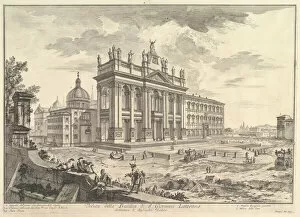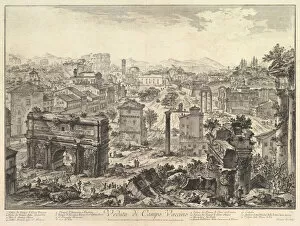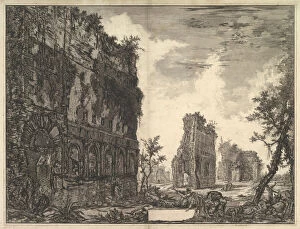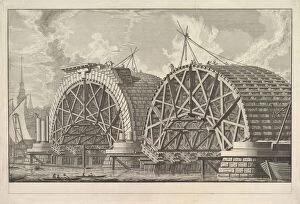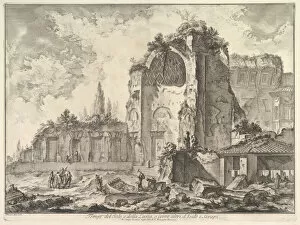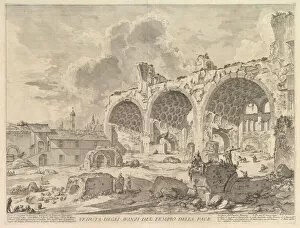Giovanni Battista Collection (page 2)
"Giovanni Battista: A Master of Artistic Splendor" In the world of art, few names evoke a sense of grandeur and magnificence quite like Giovanni Battista
For sale as Licensed Images
Choose your image, Select your licence and Download the media
"Giovanni Battista: A Master of Artistic Splendor" In the world of art, few names evoke a sense of grandeur and magnificence quite like Giovanni Battista. Renowned for his breathtaking works, this Italian artist left an indelible mark on the artistic landscape. As we delve into Volume IV of "The Antiquities of Rome" by Giambatista Piranesi, we are transported to a realm where ancient ruins come alive with intricate details and vibrant colors. Among these pages, we encounter Tiepolo's masterpiece "Saint Thecla Praying for the Plague-Stricken. " With each brushstroke, he captures not only the saint's fervent devotion but also the anguish and hope in her eyes. Moving forward, we find ourselves mesmerized by "The Chariot of Aurora, " a celestial scene that seems to transcend time itself. Tiepolo's skillful hand brings forth an ethereal beauty as dawn breaks across the canvas, and is here that we witness his ability to create harmonious compositions filled with light and movement. In "Allegory of the Planets and Continents, " Tiepolo showcases his mastery over both mythological symbolism and architectural precision. As planets align above majestic continents, his attention to detail transports us into a world where imagination reigns supreme. Continuing our journey through Giovanni Battista's oeuvre, we stumble upon "View of the Facade of Basilica S. Croce in Gerusalemme. " Here, stairways adorned with magnificent architecture beckon us towards sacred spaces steeped in history and reverence. Tiepolo's genius extends beyond religious subjects; it encompasses scenes from mythology as well. In "Woman and Infant Satyr in a Landscape, " he captures a moment frozen in time – a woman twisting her body to catch sight of something unseen while an infant satyr curiously observes their surroundings.

